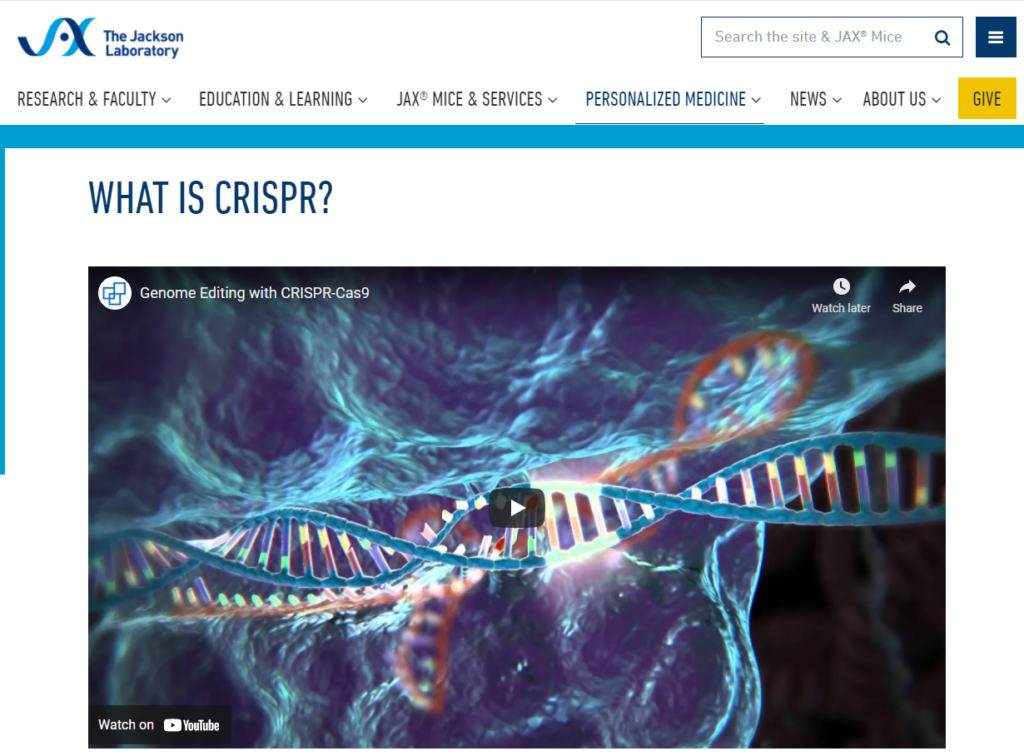#ScienceSaturday posts share relevant and exciting scientific news with the KAND community. This project is a collaboration between KIF1A.ORG’s Research Engagement Team Leader Alejandro Doval, President Kathryn Atchley, Science Communication Volunteer Aileen Lam and Chief Science Officer Dr. Dominique Lessard. Send news suggestions to our team at impact@kif1a.org.
KIF1A-Related Research
KLF5 promotes KIF1A expression through transcriptional repression of microRNA-338 in the development of pediatric neuroblastoma
Typically, we feature scientific studies on the role of KIF1A in KIF1A Associated Neurological Disorder and other related neurodegenerative disorders. However in this week’s edition of #ScienceSaturday we will be focusing on KIF1A’s connection to… cancer?! First off, it is important to note that this study is not stating that KIF1A causes pediatric neuroblastoma (NB), a type of cancer that develops in the nervous system of babies and young children. Instead, the authors of this study have uncovered a link between KIF1A expression levels (how much KIF1A is produced in the body) and pediatric NB, most notably a microRNA molecule known as miR-338.
What is a microRNA and why does it matter in the context of cancer? A microRNA is a very small (micro) piece of genetic material (RNA) that can influence the function of certain systems within our cells. In relation to cancer, microRNAs have been shown to influence how certain cancers may develop by turning certain genes on or off in the cell. This study reveals to us that miR-338 is downregulated in pediatric NB, which means that there is less of it in the bodies of pediatric NB patients. How does this relate to KIF1A? Well it turns out that when miR-338 levels go down in pediatric MB patients, KIF1A levels go up, which means that more KIF1A is produced in the body. This study is informative for us because it helps paint a picture of how KIF1A fits into the context of, and is influenced by, other diseases like cancer. Want to learn more about microRNAs? Check out the video below!
Rare Roundup
What Is CRISPR?
While we don’t have CRISPR cures for KIF1A Associated Neurological Disorder yet, did you know scientists are using CRISPR in the lab to create cell models of KAND? Learn more about how CRISPR is used in lab settings and some of the limitations we still need to overcome before CRISPR cures become a reality in this resource provided by our friends at The Jackson Laboratory.

He Was Given 6 Months to Live. Then He Changed D.C.
This week we are featuring the story of Brian Wallach, Amyotrophic Lateral Sclerosis (ALS) patient and astounding ALS advocate. Brain was diagnosed with ALS at the age of 37, on the same day his newborn daughter came home from the hospital. While juggling the demands of parenthood, Brian and Sandra Abrevaya sprung into action and co-founded I AM ALS, a powerful advocacy organization for ALS patients and advancing ALS policy. The work spearheaded by I AM ALS led to the proposal of the Accelerating Access to Critical Therapies for ALS Act, which was signed into U.S. law on December 23, 2021. To learn more about this remarkable journey of advocacy, humanity, and relentlessness, click the button below. Brian and I AM ALS are a shining example of how much power and influence patient communities can have on making transformational progress against rare diseases.

